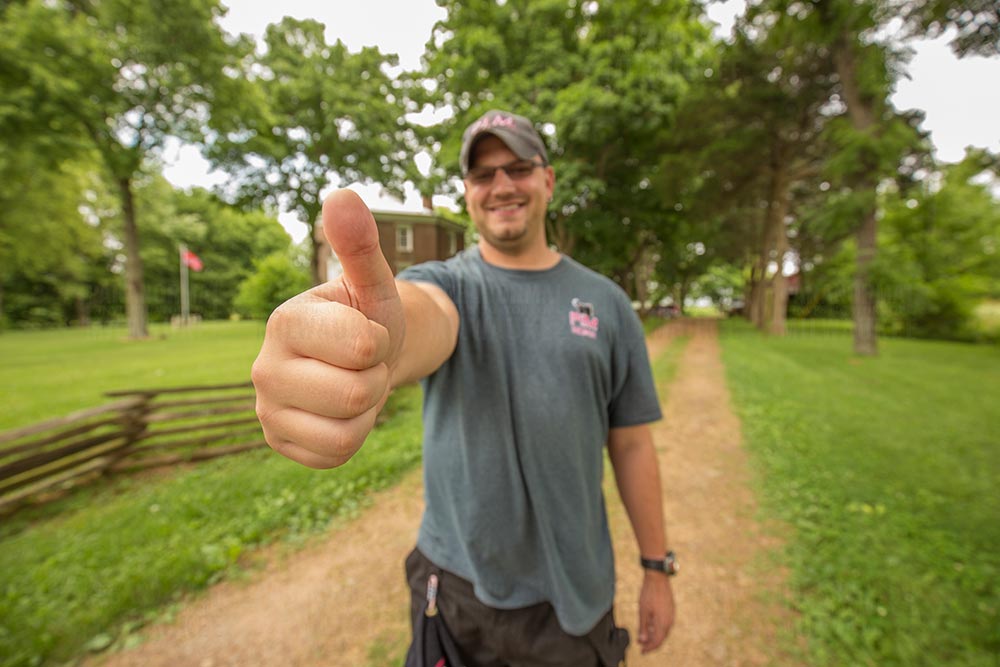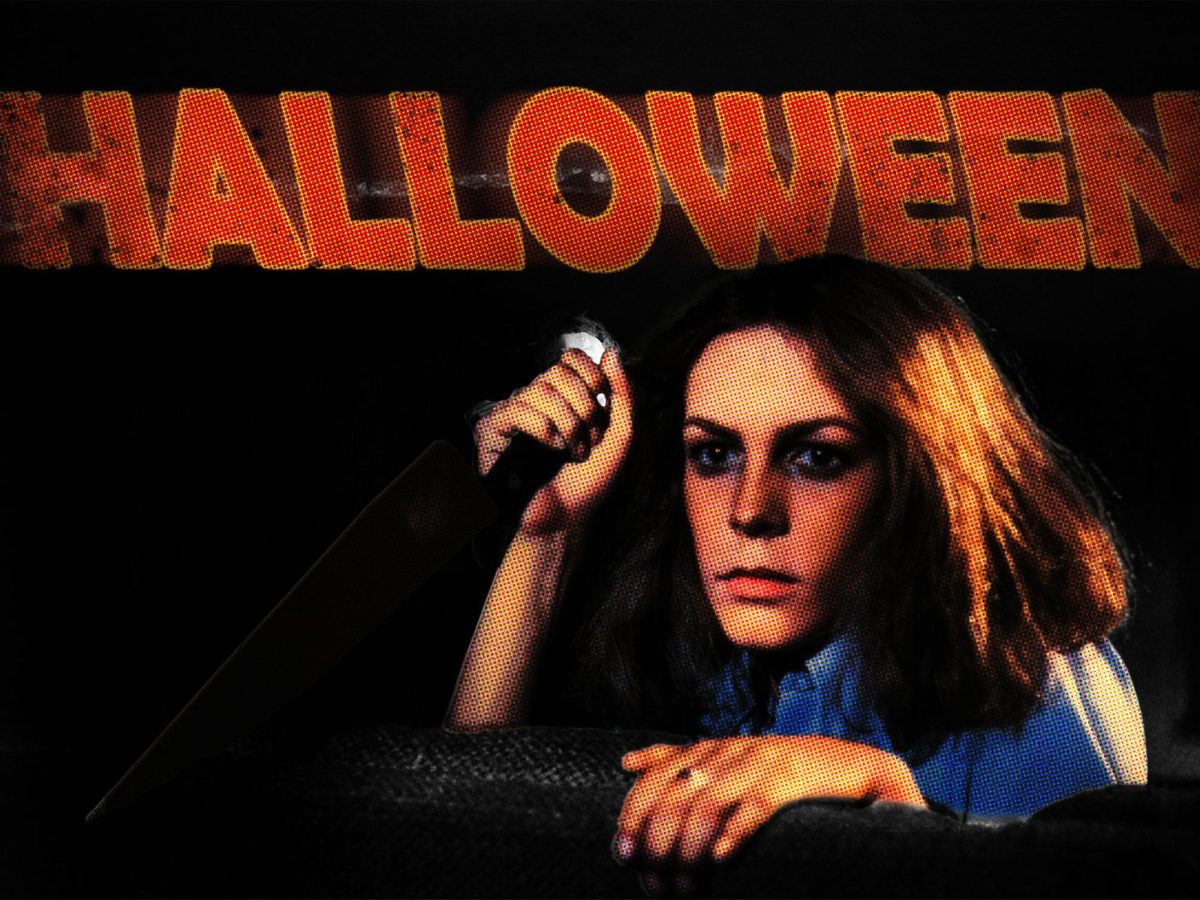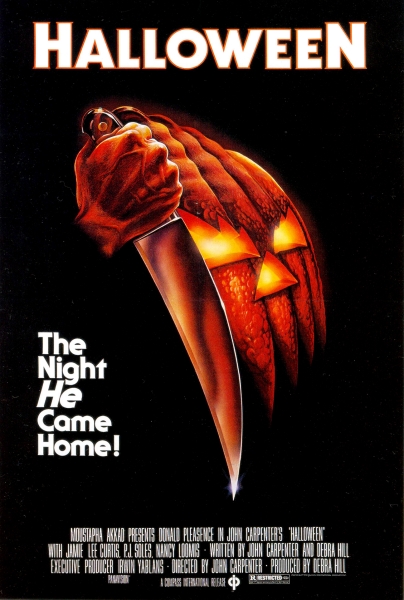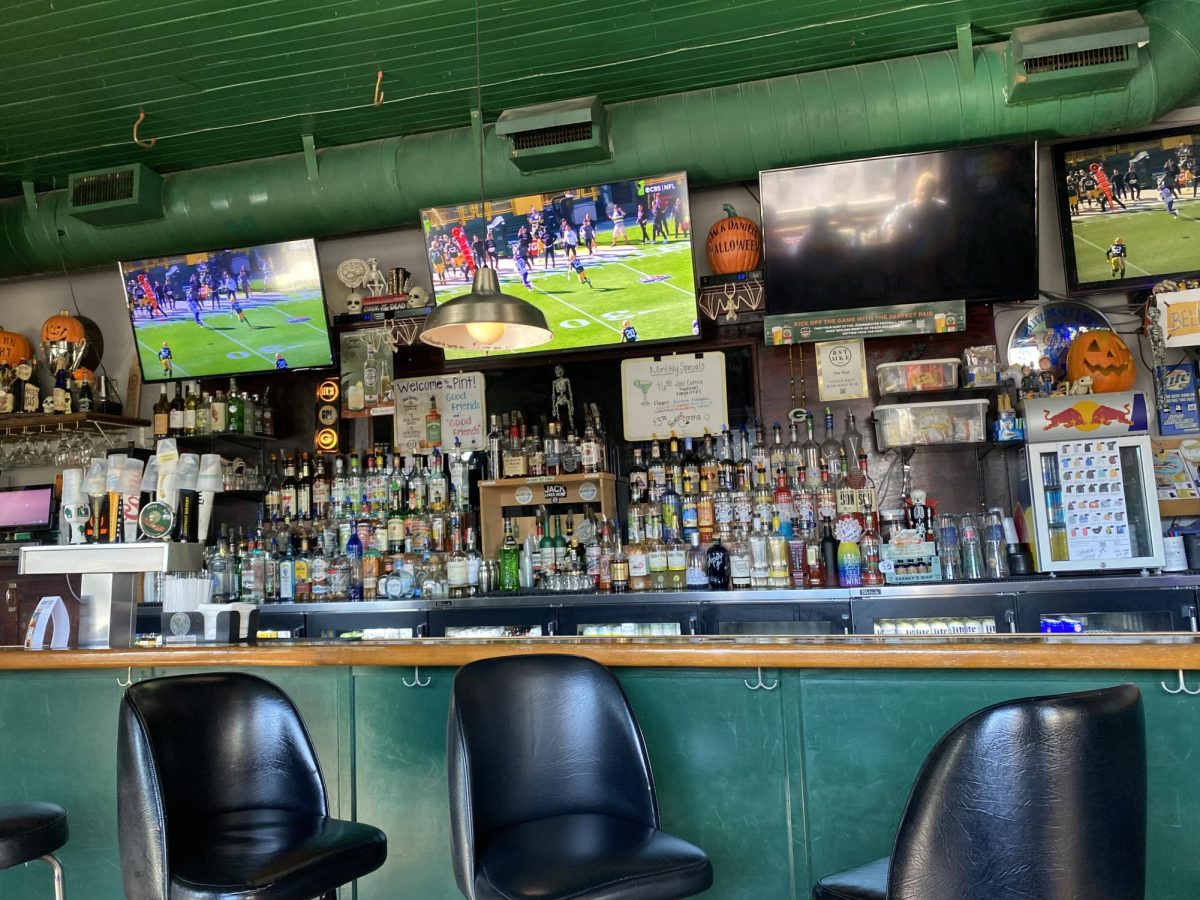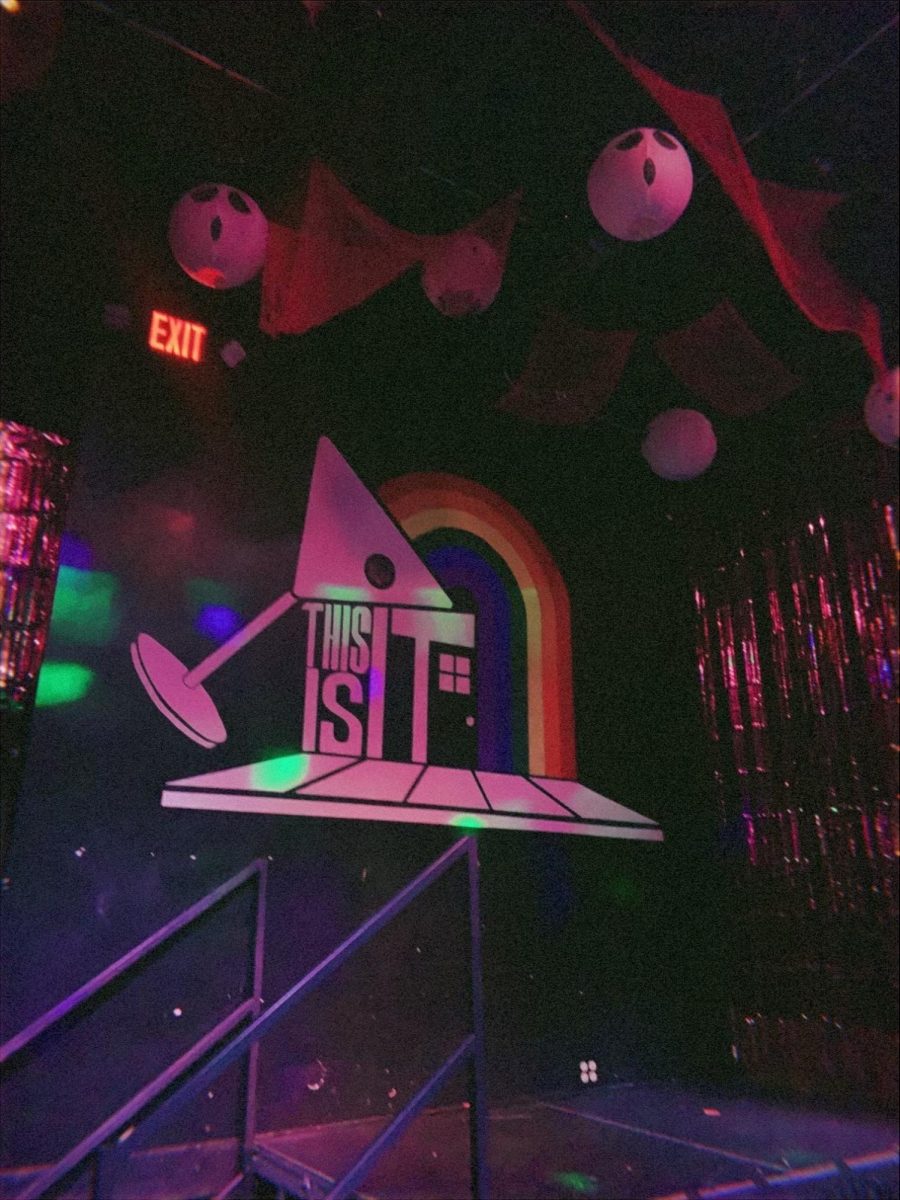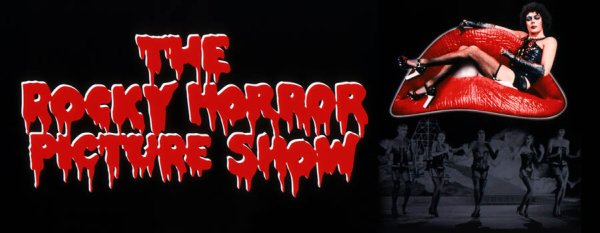
A film about a transgender alien who eats people doesn’t seem like a source of positive representation, but the film “Rocky Horror Picture Show” provided representation and validation to young LGBTQ people in the mid-1970s. October is LGBTQ History Month, and there is no better time to watch an erotic rock musical that doubles as a Halloween movie.
“The Rocky Horror Picture Show” started as a stage show in the early 1970s, but was then filmed and premiered Sept. 25, 1975. At first, the movie got terrible reviews and was put up on a shelf to be forgotten. Renowned film critic Roger Ebert gave it two and a half stars and said that “the choreography, the compositions and even the attitudes of the cast imply a stage ambiance. And it invites the kind of laughter and audience participation that makes sense only if the performers are on the stage, creating mutual karma.”
Sal Piro, author of “Creatures of the Night: The Rocky Horror Experience,” a book about the cult following the film, said, “On April Fools’ Day in 1976, Tim Deegan, a young advertising executive at 20th Century Fox, persuaded Bill Quigley of the Walter Reade Organization to replace the midnight show at the Waverly Theater with the Rocky Horror Picture Show.” This started the phenomenon of midnight showings.
Slowly, fans in the audience started to talk back to the movie, came up with lines to “call back” at characters, and eventually this caught on with the regulars.
“I was ready to try my hand at an original line,” Piro said. “When Frank asked, ‘Whatever happened to Fay Wray?’ I answered, ‘she went [expletive]!’ – exactly what the audience did when they heard me. This was the first of dozens of lines that I created,” Piro said.
“Some of them were forgotten, but plenty of them are still shouted out in theaters across the country today … Audience members started to come to viewings dressed up as the characters, which included fishnets, corsets, and over the top makeup, and some places had costume contests, especially around Halloween time,” Piro said.
Some fans would also perform a floor show before the movie began, which eventually led to the whole movie being acted out and lip-synched to with a shadow cast. This show helped the queer community forge connections together and find a place to express themselves without being judged.
Having been released soon after the Stonewall Riots in the summer of 1969, which was a catalyst for LGBTQ equality, this movie provided a space for celebration of sexual awakening, gender fluidity and pansexualism.
Dr. Frank-N-Furter, played by Tim Curry, is a mad scientist making a man of his own to “play” with. He has a party of fellow “transsexuals” from Transylvania (Frank-N-Furter’s home planet) to introduce his monster, Rocky, and things go slightly awry. Through all his faults, like being a murderer, cannibal and alien, he was a beacon of “transsexual” light.
Instead of creating a one-dimensional character, the movie poses Frank-N-Furter as the anti-hero, he does awful things, but you like him and you want him to be happy in the end. In this era, media representation for transgender people was limited and because the only was that cisgender people could accept it on screen is if it was seen as a negative trait. But this movie celebrated queerness and transgender-ness. Frank-N-Furter’s introduction song, “Sweet Transvestite,” says “don’t get strung up, by the way I look / Don’t judge a book by its cover / I’m not much of a man by the light of day / But by night I’m one hell of a lover.”
This kind of representation and celebration were needed to give hope to young members of the LGBTQ community, and it gave them something that was their own. Audiences idolized his confidence and swagger. Frank-N-Furter was a pro-sex icon in a time when sex was still considered pretty scandalous, especially for gay people. The movie slowly spread across the country, and there is even a “Transylvanian Institute” on the fan club’s website with details on how to go about starting your own shadow cast in the city you live in.
“The Rocky Horror Picture Show” is a perfect example of people coming together to create a subculture of their own through expressing themselves in an authentic way. Especially coming out before the Internet, the rise of this movie’s popularity and culture proves just how needed it was and how influential young people can be when they need a space to express themselves.
This story was written by Abi Benjamin. They can be reached at abigail.benjamin@marquette.edu



